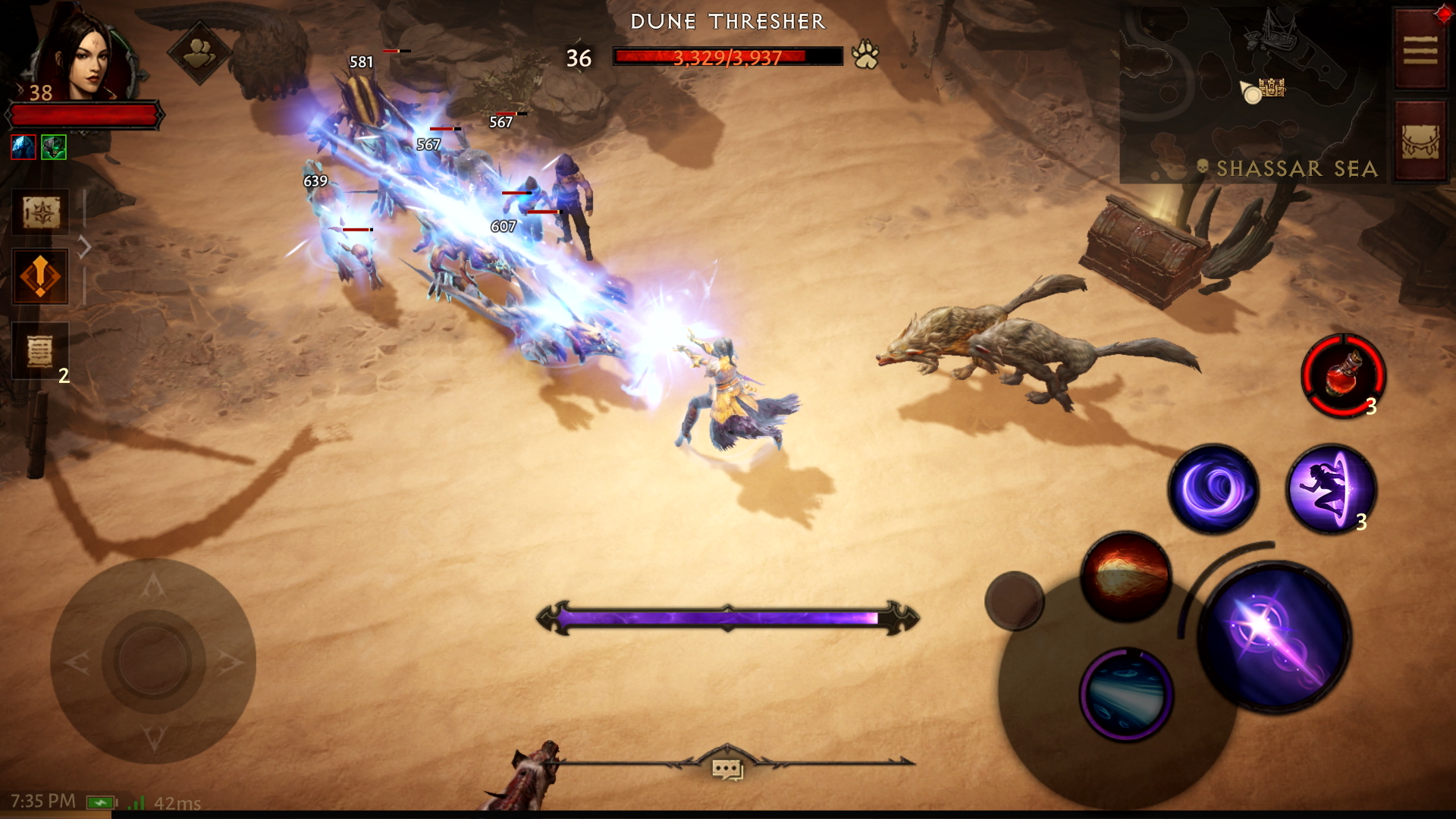Tom's Guide Verdict
Diablo Immortal has solid core gameplay, dragged down by incessant and confusing free-to-play nonsense.
Pros
- +
Classic Diablo gameplay
- +
Strong sense of lore and setting
- +
Plenty of character customization
Cons
- -
Manipulative microtransactions
- -
Excessive grind
- -
Rote story
Why you can trust Tom's Guide
Diablo Immortal is not nearly as bad as a free-to-play Diablo could have been. It’s true that the game assaults you at every turn with a thousand different microtransactions in all sorts of inscrutable currencies. You will have to grind your way to victory, particularly if you choose not to spend money on the game. And your reward for all this is a flabbier, reheated version of Diablo II’s story.
And yet, for all its faults, I ultimately liked Diablo Immortal more than I disliked it. It still has all the things that make the series work, from its action-packed gameplay, to its open-ended character customization, to its strong sense of setting, to its never-ending stream of interesting loot. In fact, Diablo Immortal even has a few clever gameplay twists that I hope Blizzard keeps in place for Diablo IV.
If you feared that F2P mechanics would undercut Diablo Immortal, then your fears were justified. But if you hoped that Blizzard would provide a decent mobile spinoff to fill the time until the next big entry in the series, then you did not hope in vain. Read on for our full Diablo Immortal review.
Platforms: PC, mobile
Price: Free to play, with microtransactions
Release Date: June 2, 2022
Genre: Action/RPG
Diablo Immortal review: Gameplay
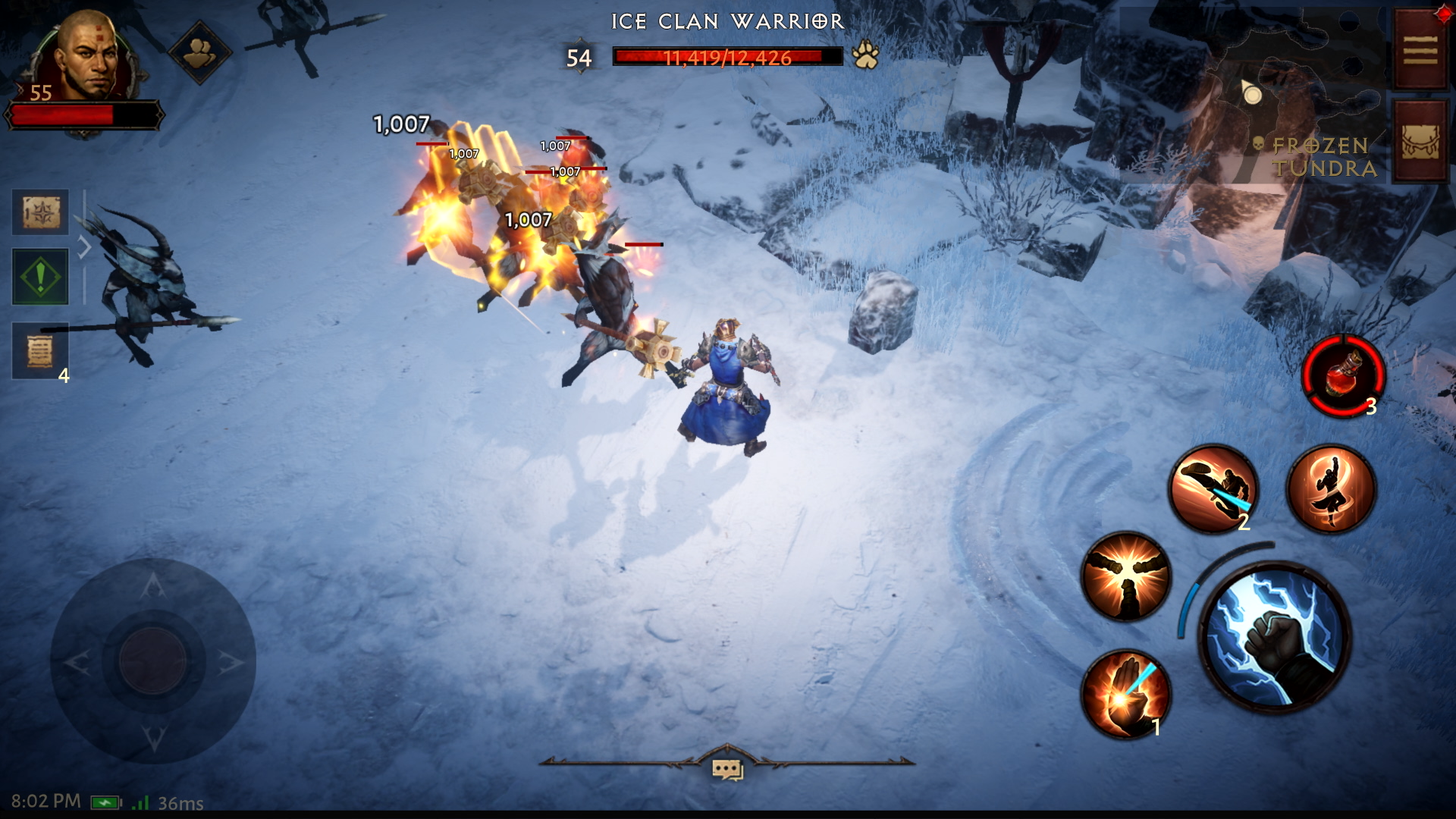
For better or worse, Diablo Immortal plays a lot like Diablo III. You create a character from one of six classes: Barbarian, Crusader, Demon Hunter, Wizard, Monk or Necromancer. After choosing your character’s sex and customizing some appearance details, you jump into the dark fantasy world of Sanctuary, where you’ll hack and slash your way through all the armies that Hell can throw your way.
The control scheme here is a little different depending on whether you play on mobile or PC, but the basic concept is the same. You’ll grab a quest in town, venture out into the wilderness, click or tap incessantly to fight enemies, occasionally triggering special abilities or quaffing a healing potion. The combat isn’t that deep, but it’s satisfying and requires a little tactical thinking, particularly when you find yourself surrounded by the demonic hordes, and need to balance special ability cooldowns and a limited potion stash.
Diablo Immortal’s core gameplay is, essentially, the same as what you’d find in the first three Diablo games. Since Diablo is a mobile game first and foremost, actions seem a little less precise, character building seems a little less detailed, and there’s a general sense that the game gives you a lot of leeway to compensate for the touch controls. This isn’t a terrible thing, though, as the difficulty still ramps up over time.
In typical Diablo fashion, you’ll also collect loot as you go — a lot of loot. Just about every enemy you fight will drop some kind of magical weapon or piece of armor, and you’ll find yourself constantly swapping out gear to grow stronger as you go. Whatever you don’t need, you can salvage, and this is one of Diablo Immortal’s best features. Rather than just selling off useless gear, you can scrap it for parts, and use those parts to empower the gear you want to keep. This gives you a steady sense of progression, and even lets you plan long-term character strategies around certain powerful pieces of equipment.
There’s little to criticize about the moment-to-moment gameplay in Diablo Immortal. Killing the demonic hordes feels satisfying; there’s a lot of variety in character classes, abilities and potential builds; there’s plenty of interesting loot to find. Structurally, though, the game has some issues.
Diablo Immortal review: F2P mechanics
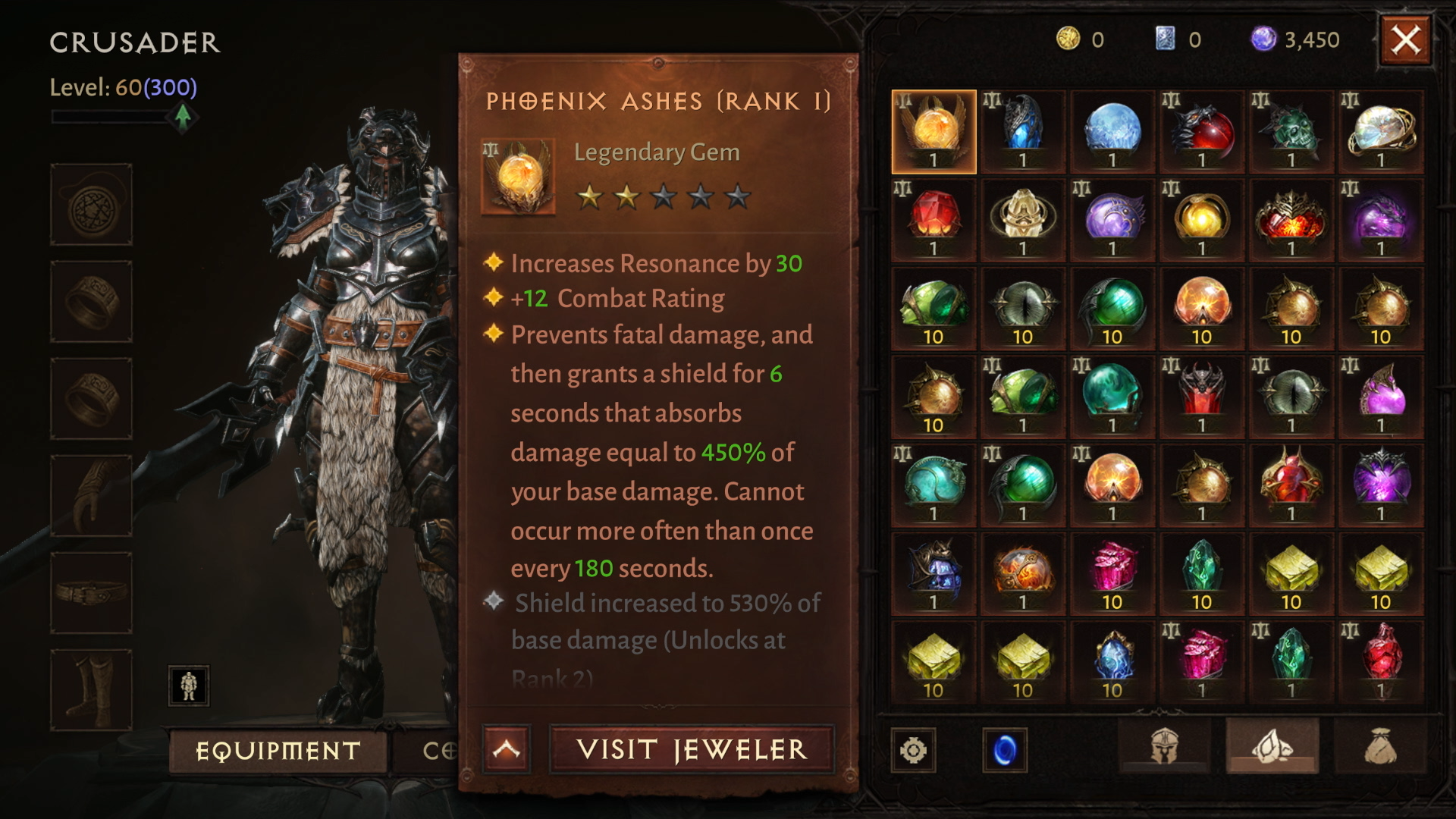
Diablo Immortal doesn’t cost anything to play, although after the first few hours, I found myself wishing it did. I would have much rather paid a single, flat fee to play the game entirely at my own pace, instead of being being bombarded with (surprisingly expensive) microtransactions at every turn. Diablo Immortal is by no means as bad as free-to-play games get, but every single F2P mechanic serves to hinder the game rather than enhance it.
First off, you don’t have to pay money in Diablo Immortal if you don’t feel like it. You’ll still be able to experience the full story, find plenty of loot and participate in all the side activities. And for the first 20 or 30 character levels, you may not even notice you’re missing much.
But a few hours into the game, things slow down considerably, and the F2P grind kicks in. (This happens at just about the same time you’ll start to feel really invested in the game — imagine that.) Unlike regular Diablo titles, Diablo Immortal occasionally just stops the plot dead in its tracks and won’t let you proceed unless you meet an arbitrary level threshold. That wouldn’t be so bad, except the game severely limits the ways you can earn meaningful amounts of XP each day. After a few time-limited missions, your options are pretty much “run the same dungeons over and over again” or “buy the Battle Pass.”
(It is telling that the game flat-out recommends buying the Battle Pass as an efficient way to level up.)
This is, of course, where all the predatory F2P nonsense kicks in. The game has about five or six different currencies, and it’s not at all clear which you can earn, and which you need to buy. The Battle Pass costs between $5 and $15, depending on how many cosmetic items you want — but there are two other “daily reward” subscriptions, that cost $10 and $20, respectively. If you want to earn every reward the game offers you, you’re looking at $45 right off the bat.
Premium currency packs range between $1 and $100. There are also “bundles,” which feel especially greedy, even by F2P standards. After you complete each major plot dungeon, the game will offer you a bundle of items as a reward — except you have to pay for the bundle. They start out at a reasonable $1 per bundle, but quickly balloon up to $20. At the time of writing, if I bought every bundle the game offered me, I would be out $46. If I bought that on top of the battle passes, I would be looking at $91. Bear in mind that you can buy the first three Diablo games and play them as much as you as you like for $70, total.
In Blizzard’s defense, you don’t need to buy any of this stuff, and I imagine most people won’t. But you’ll have to suffer through a lot of repetitive grind instead, and you’ll start to wonder how much your time is worth.
Diablo Immortal review: Story
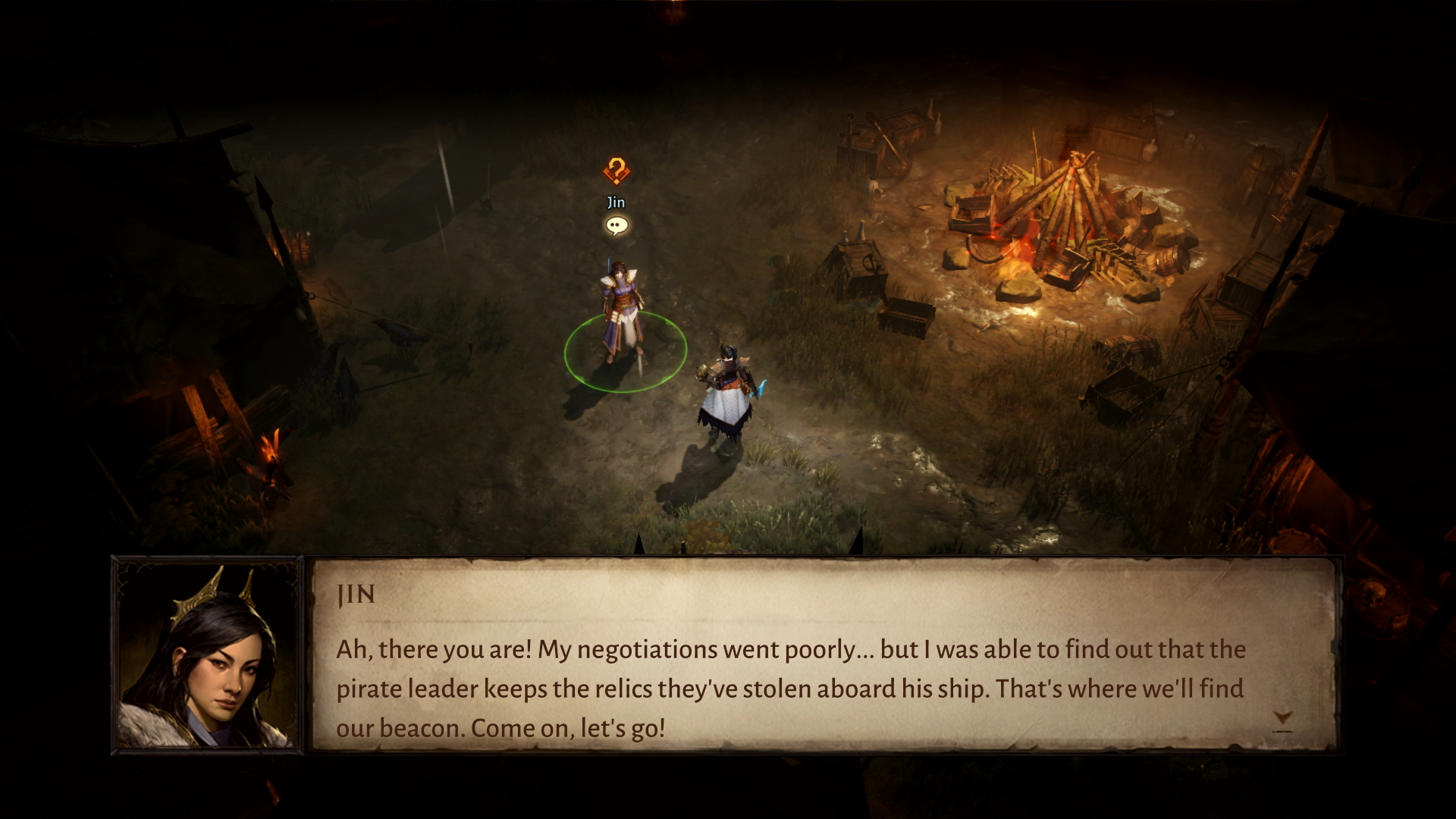
Diablo Immortal picks up where Diablo II left off. In order to stop the demon lord Diablo and his cohorts from threatening the fantasy world of Sanctuary, the archangel Tyrael destroyed the Worldstone: an artifact of immense power. Now, the remaining forces of Hell are seeking out shards of the Worldstone for their own fell purposes. As a brave adventurer, you team up with recurring scholar Deckard Cain in order to gather the Worldstone shards and destroy them, before a new demon lord called Skarn can get his hands on them.
I’m of two minds about the story in Diablo Immortal. On the one hand, it has a lot of respect for the lore of the franchise, picking up right where Diablo II left off and setting the stage for what happens in Diablo III. You’ll learn some more about the cities and civilizations of Sanctuary, and longtime fans will appreciate cameos from characters such as Xul the Necromancer and King Leoric of Tristram.
On the other hand, the narrative itself is almost a beat-for-beat retread of Diablo II. You’ll aid a camp of woodland rogues, reassemble a legendary staff in the desert, fight off hostile shamans in a swamp, climb a mountain with barbarians — if you’ve played Diablo II, you’ve literally done all of this before. The new story beats boil down to “find the MacGuffin; destroy the MacGuffin” repeated four or five times. I also wonder whether Blizzard will use this same formula for adding new areas in the future.
Diablo Immortal review: Performance
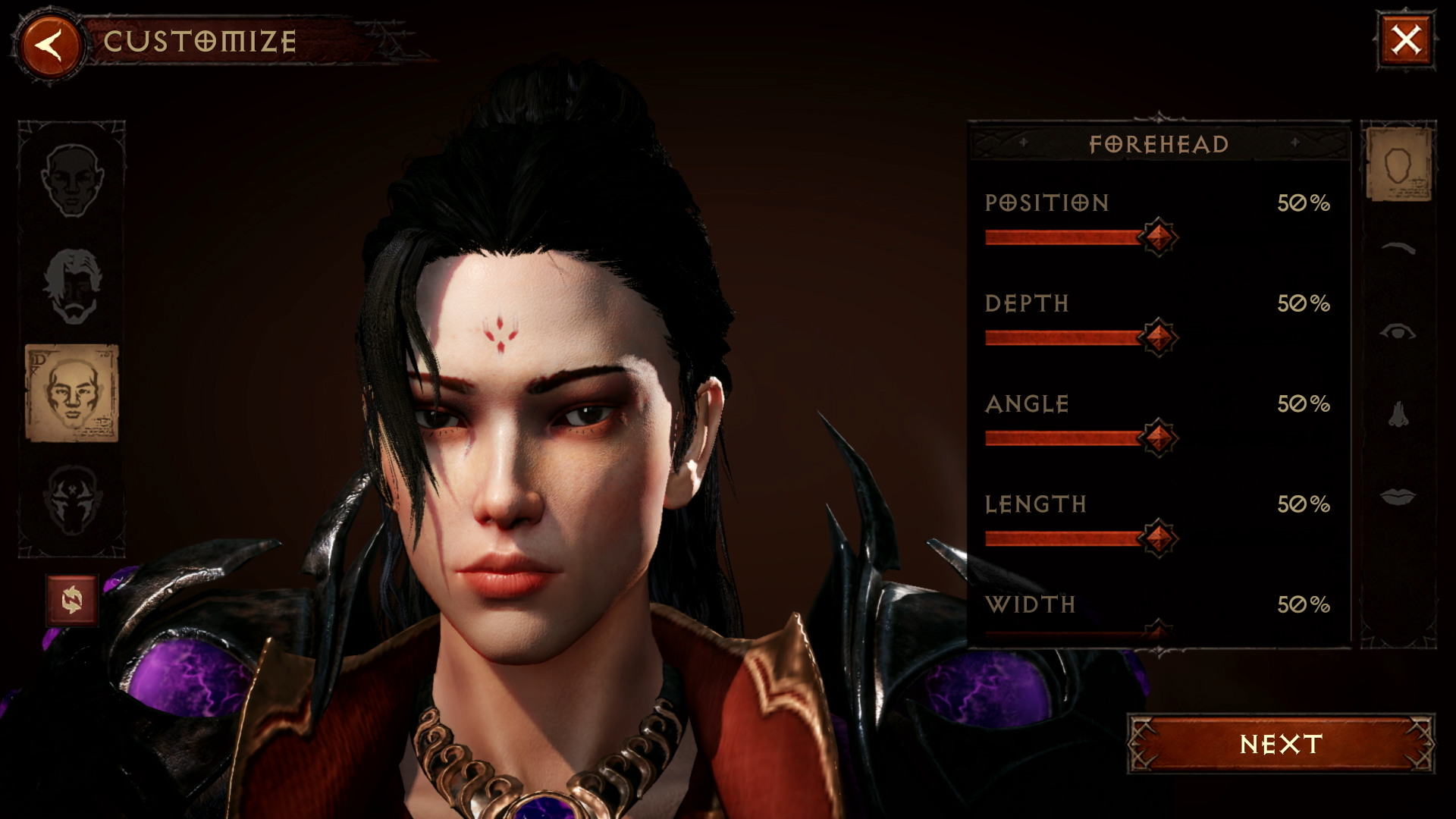
How Diablo Immortal looks and feels depends on whether you’re playing the full-release version on Android/iOS, or the open beta on PC. (Your save data syncs between the two, so you don’t have to commit to one or the other.)
On mobile, the game boasts impressive graphics and solid performance. However, you’ll need a pretty powerful phone to run it well. On my Pixel 4a, the game chugged and lagged occasionally, and the machine ran extremely hot. It’s also simply tough to keep track of all the action on such a small screen, particularly when you need to target special abilities. You can alleviate this somewhat by playing on a tablet and using a controller — but then you may as well just play on a PC.
The PC version is still not really up to snuff, however. The game still looks like a mobile title on a too-large screen, from its low resolution to its indistinct textures. The animations for non-player characters are ridiculous, particularly the way they run. However, the visual issues pale in comparison to the gameplay issues. Pathfinding is a mess; rewards don’t always load properly; and, worst of all, your attack button will occasionally just stop working, and nothing short of rebooting the game will fix it. You can imagine how much fun this is when you’re in the middle of an intense dungeon run.
On the other hand, the sound is up to usual Diablo standards, which some pleasantly atmospheric background music and plenty of decent voice acting.
Diablo Immortal review: Verdict
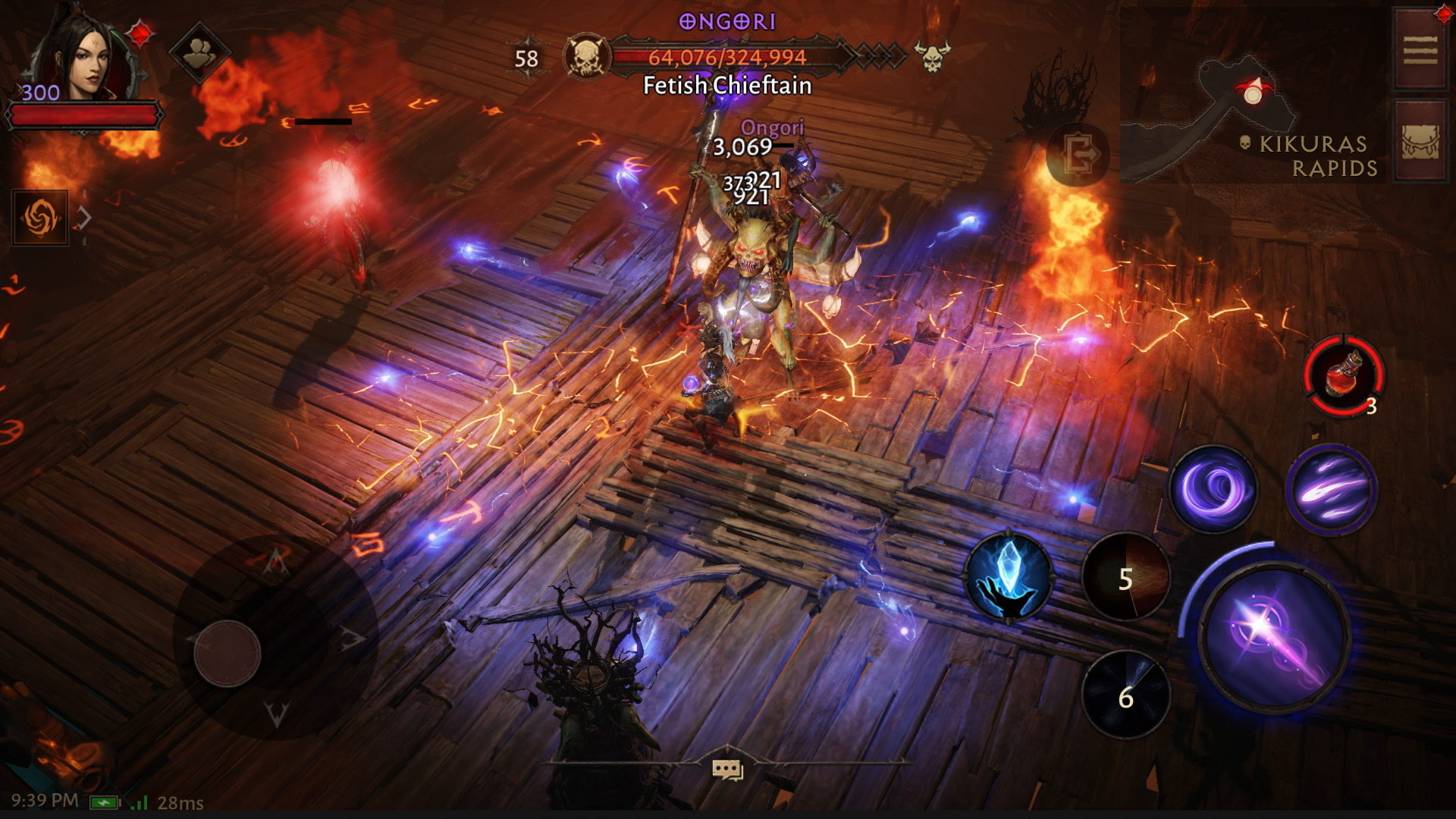
I don’t hate Diablo Immortal, although I imagine some gamers will. It’s a fairly inconsequential title in a storied series, and the F2P mechanics are as intrusive as they look. But if (and this is a big “if”) you can get past that, there’s a rock solid game underneath, with satisfying gameplay and plenty of different activities to pursue.
If you’ve never played the Diablo series before, this is probably not the place to start. I’d recommend Diablo III instead, which you can actually try for free on PC. For Diablo fans, Immortal is at least worth a look, although be warned that the game wants a lot of your time — or, preferably, a lot of your money.
Marshall Honorof is a senior editor for Tom's Guide, overseeing the site's coverage of gaming hardware and software. He comes from a science writing background, having studied paleomammalogy, biological anthropology, and the history of science and technology. After hours, you can find him practicing taekwondo or doing deep dives on classic sci-fi.
